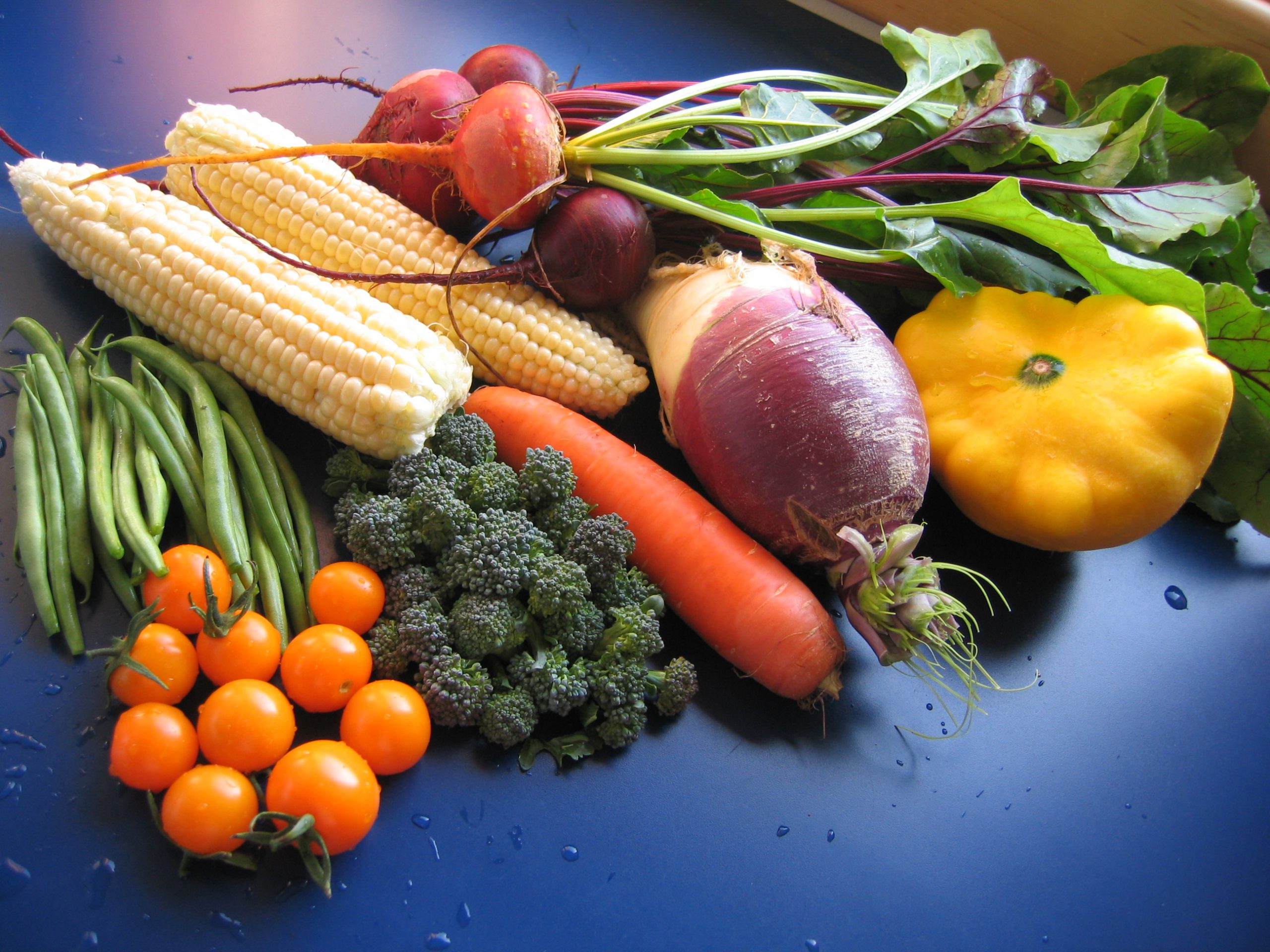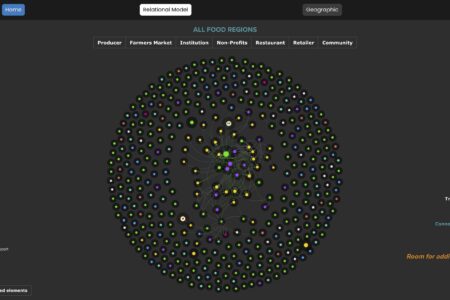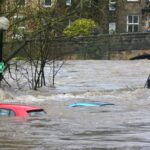Editorial: a weird year for gardening, eh?
Correction: the wrong link was originally provided for the book report in The Tyee. That has been corrected.
Many local gardeners have commented that gardening has been strange this year. We had a long, cold, wettish spring and early summer – but that’s not so very unusual, is it? It surely saved on sprinkling, until summer belatedly arrived. Yet many of us have noticed odd crop failures and other anomalies in our gardens. Maybe some things were just a bit late, and maybe some bugs or pocket gophers ate others, and some crops just failed to thrive. Maybe not so weird after all.
Never mind – we aren’t in Iowa, where the powerful wind known as a derecho (“duh-ray-cho”) flattened billions of dollars’ worth of crops and property. Not to mention any trees that had survived up until then in the storm’s path. The people on that swath of land have just had a truly difficult year for growing crops. At least, crops that survived.
And we’re not in California, where drought has a firm grip, and several wildfires are flourishing. Or Florida, where COVID-19 is knocking people off at an appalling rate.
It’s too easy to cite “climate change” to explain the dramatic increase in droughts and violent weather such as thunderstorms, hailstorms, intense rainfall events, and that disastrous Iowan derecho—without having solid science to back up that claim about any particular event. Science doesn’t work that way.
But there are suggestions that there may be a connection.
One article in “Wired” explained why it’s so difficult to predict a derecho; the author explains that something must “trigger” it, and that in the summer months “these triggers can be especially difficult for meteorologists to detect. That’s in part because the fast-flowing global air current known as the jet stream slows down during that time, as the temperature contrast between the poles and the equator shrinks. The result is that instead of distinct and regular waves of warm and cold fronts being forced eastward across the US, the atmosphere is more stagnant. And small, random disturbances can more easily kick up warm air from the surface. If there’s enough water vapor in the air to buoy the updraft, it will keep rising and accelerating, triggering a thunderstorm.”
We all know the earth’s atmosphere and oceans, and to a lesser degree, land masses, are warming. And all of us except those who have a stake in believing that climate change is caused by something other than human extraction and burning of fossil fuels know that climate change is being driven by our production of greenhouse gases, from humanity’s relentless appetite for profit and convenience at any cost.
The Alliance for Climate Education explains why the Arctic warms faster than the equatorial regions. A CBC “Nature of Things” episode tells us that it’s warming two to three times faster than anywhere else on earth.
Now, go back to that paragraph above, in italics, where it talks about what happens when the “temperature contrast between the poles and the equator shrinks” — as is happening with climate change. That’s right – the jet stream gets feeble and erratic, and instead of regular changes in weather sweeping across the continent, “the atmosphere is more stagnant.”
But that’s all rather elementary, piddling stuff. Back to the gardening, and farming. Especially farming, as that’s what provides the world’s food. Farming has always been a gamble, but a CBC item this spring acknowledged that farming is becoming more of a gamble because of the vagaries of climate change. It’s getting harder to raise crops because the weather is getting more erratic and unreliable, and it always was – just not to this degree.
But climate change hasn’t killed us yet, right? So, no sweat. Not us; it has killed a few unfortunate people – well, only an estimated 150,000 or so per year so far, a mere drop in the bucket, right? — and is busy driving others out of their homes, but why worry, eh? Let me correct myself though: climate change does not displace people – rather, it creates conditions that make it impossible for them to continue living where they were, and force them to leave. And go . . . somewhere. Somewhere else. Somehow.
But we’re descending into depressing territory here, just like reading the news headlines any old day, only maybe more so. Unless we really like wallowing in schadenfreude, which I don’t. Let’s see if we can climb back out.
Books are always good – and The Tyee has a book report on a recent publication. I advise reading it; just click that link to find it. A feeling of gratitude is always cheering, and just reading the review (never mind the actual book) is bound to make you grateful that we’re living today, instead of, say, 20 or 40 or 60 years from now. As our children and grandchildren will be. As the poet Kahlil Gibran put it, “ … their souls dwell in the house of tomorrow, which you cannot visit, even in your dreams.”
And, he wrote, “You are the bows from which your children as living arrows are sent forth.”
The question is, at what target are we aiming these living arrows? What sort of life will they land in when they have flown from the parental bow-string? Do we have it in our power to ensure that these beloved living arrows land in a liveable world? Or not?
We do know what’s needed. But.
Never mind. Like most our federal and provincial politicians, we won’t think about that right now. It’s too hard. I’m going out to the garden now for something home-grown to eat. But not broccoli – that didn’t work out this year. Weird.

























